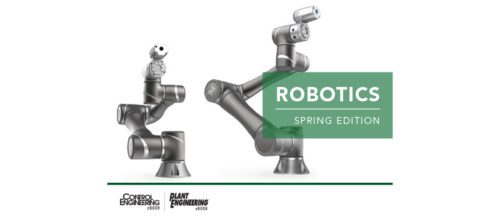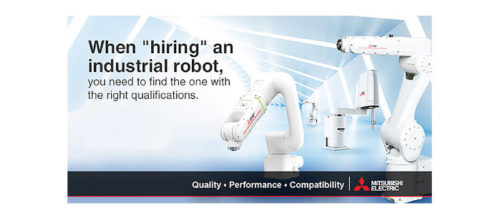Tiny robot developed to sense environmental changes, repair human injuries
Researchers have created a 3-D printed robot called the micro-bristle bot designed to sense environmental changes, move materials, and, maybe one day, help to repair injuries within the human body.
Researchers have created a 3-D printed robot called the micro-bristle bot. It is a vibration-powered and smart robot that can work together in swarms to sense environmental changes, move materials, and, maybe one day, help to repair injuries within the human body.
The bots are powered by vibration and uses a piezoelectric actuator to move. The actuator is glued onto the bot’s 3-D printed polymer body. The actuator generates vibration and is powered externally by an ultrasound, sonar or tiny speaker. A piezoelectric shaker is able to blast out precise frequencies that power the actuator. Once the frequency is perfectly tuned to the bot’s onboard actuator, the bot comes to life. The vibrations move the bot’s springy, four or six legs up and down, propelling the bot forward. Since it only responds to a perfect pitch, the robot won’t move due to random sounds in the environment.
Current prototypes respond to vibration frequencies depending on how the bots are configured. At only two millimeters long, the 3-D printed robots can move four times their own length per second. The amplitude of the vibrations controls the speed of the micro-bristle bot.
The future of the micro-bristle bot
Steering function may also soon be added to the 3-D printed robot. Adding two slightly different micro-bristle bots together could allow them to respond to different frequencies and amplitudes. Complex software could be used to make the right sounds at the right moments to control an entire swarm of micro-bristle bots or an individual bot when needed.
The bot’s actuators can be used to generate electricity when vibrated. This could allow future versions of the bots to power onboard sensors when actuated by external vibrations. Future versions could be used as environmental sensors, and they could even find their way into the human body to repair tissue damage.
Eventually, the 3-D printed bots could be printed in a miniaturized form, existing. on the microscopic scale. They’d be able to live under our skin with enhanced steering capabilities, perhaps fixing damage on a cellular level. Micro-bristle bots are small, fast, and need no battery to operate. This makes them especially well-suited for use in the human body.
This article originally appeared on the Robotics Online Blog. Robotic Industries Association (RIA) is a part of the Association for Advancing Automation (A3), a CFE Media content partner.
Original content can be found at www.robotics.org.
Do you have experience and expertise with the topics mentioned in this content? You should consider contributing to our CFE Media editorial team and getting the recognition you and your company deserve. Click here to start this process.



